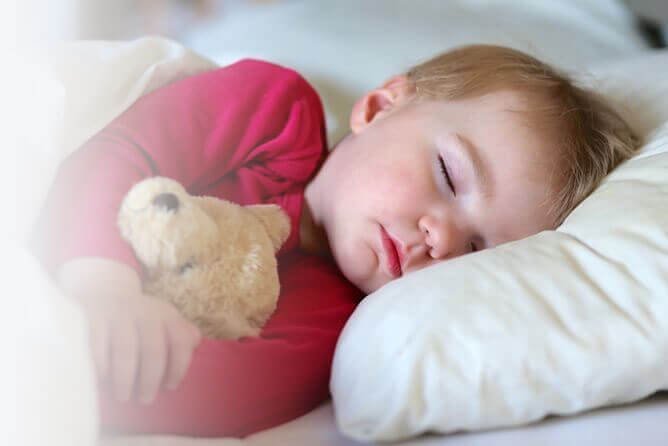Bed-wetting is surprisingly common in older children and young adults. Absence of public awareness and stigma related to bed-wetting means few look for expert aid despite effective treatments being offered.
Bed-wetting (enuresis) is a sleep problem. It takes place when individuals are not able to wake to urinate when the bladder is complete.
Three primary aspects impact bed-wetting:
a large volume of urine produced in the evening which depends upon the amount and kind of drinks consumed (for example, alcohol is a diuretic), in addition to the impact of insufficient quantities of the hormone vasopressin. Vasopressin is normally secreted in bigger amounts at night causing the kidneys to make less urine. Some people produce less vasopressin than regular throughout sleep, resulting in bigger volumes of urine being produced.a little bladder or a bladder that contracts more than normal throughout sleep and holds less urine in the evening. Caffeine and irregularity can affect the bladder.
people who sleep deeply along with those with sleep problems discover it difficult to wake when the bladder is complete during sleep. Fatigue, medication with a sedative effect, as well as alcohol can also impact sleep arousal.
Therefore, when the urine volume exceeds what the bladder has the ability to hold, wetting happens if the person is unable to wake to void.
How common is it?
About 0.5-3% of teenagers and young adults wet the bed at night. Most of them have constantly damp, however 20% start after being previously dry (secondary enuresis). Reasons for secondary enuresis recognized in young people include trauma and anorexia nervosa (with resolution of bed-wetting when their weight boosts).
Unlike more youthful kids, bed-wetting tends to persist and be more extreme in older children and young people, with 50-80% wetting at least 3 nights per week. Those with a history of bed-wetting related to bladder problems and those with serious bed-wetting when they were younger are most likely to continue to damp as grownups.
Impact of bed-wetting
Due to the fact that of the preconception and pity connected with bed-wetting, its destructive influence on youths is frequently unappreciated. Studies have actually shown young people with bed-wetting have lower self-confidence and higher danger of anxiety.Young adults have actually reported their condition has affected their work efficiency, choice of jobs, relationships and choice to have a life partner.
Treatments
Although efficient treatments are readily available, most adults erroneously think their problem is not treatable. Some 20-50% of young adults have actually never ever looked for expert assistance about their problem, and continue to suffer in silence.The concepts for treating bed-wetting are the same for grownups and children, and those who seek treatment usually react well. However a quarter of youths have issues adhering to the treatment prescribed, recommending a various approach may be needed for this population.
Urotherapy is conservative treatment centered around education and strengthening excellent bladder and bowel habits such as drinking well, minimising caffeine and alcohol, going to the toilet regularly and managing constipation. Often these simple steps can reduce bed-wetting.
Desmopressin, an artificially made vasopressin, has actually been efficiently used in young people. Desmopressin reduces over night urine production, increasing the likelihood of being dry and sleeping through the night. Nevertheless, there is no sustained impact, and wetting typically repeats when desmopressin is stopped.
Imipramine, an antidepressant, is an older treatment that has actually likewise been utilized for bed-wetting. The specific system of action is unidentified however might be related to its result on lowering convulsion in the bladder. Imipramine has threats for severe side-effects such as irregular heart rhythm and treatment results are not sustained when stopped.
Bed-wetting alarm training is one of the most effective treatments for bed-wetting, and the just one that has a sustained impact. Alarms train the individual to wake to urinate when their bladder is complete and to withhold urinating at other times.
Bed-wetting alarm sensing units are normally used in the underpants or put on the bed as a mat. They spot wetness and give off a sound or vibration. Stimulation to the alarm signal and going to the toilet at that point is essential for treatment success. If the individual can not wake to the alarm, they will require assistance from a family member or pal.
Although bed-wetting alarms are the treatment of choice for bed-wetting, youths may find alarm training embarrassing and challenging to do. Alarm training generally takes two to three months and can stop after 14 consecutive dry nights have actually been achieved.
Although treatments are readily available for older kids at paediatric centres, there are presently no services for young people. It is time to raise awareness that bed-wetting in young people is both common and treatable and to ask for more services and research to assist this susceptible population.

Post a Comment